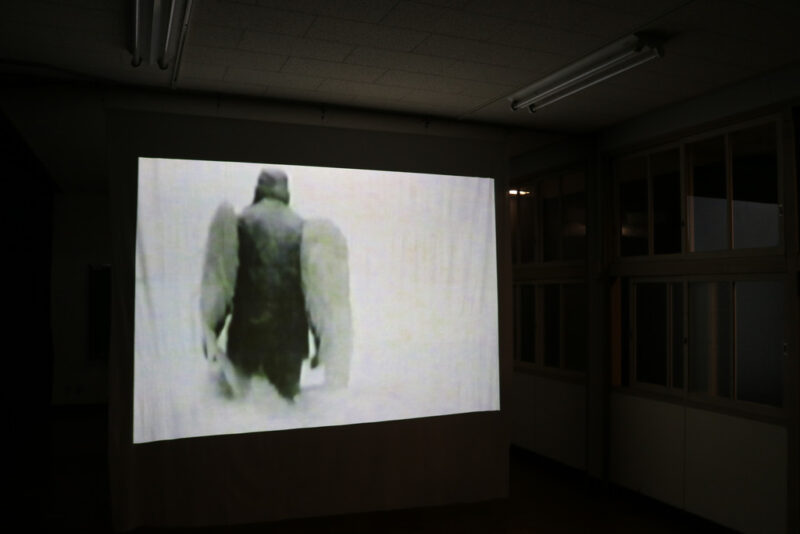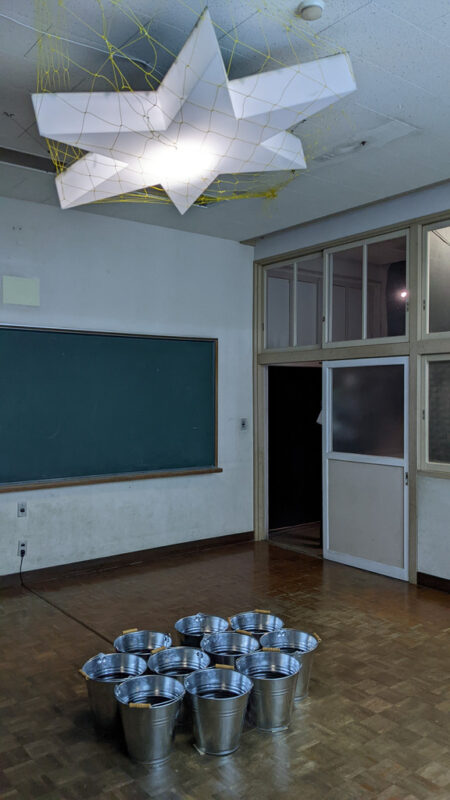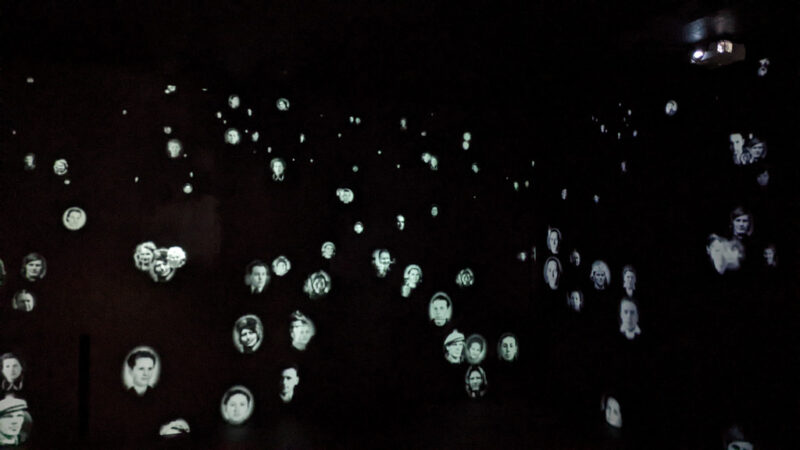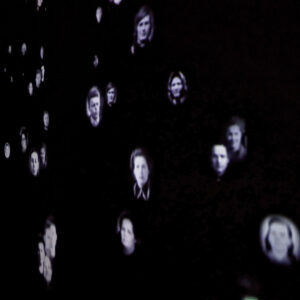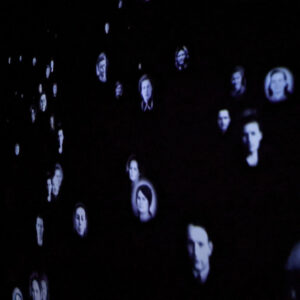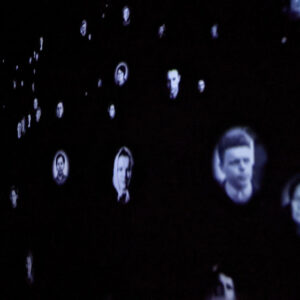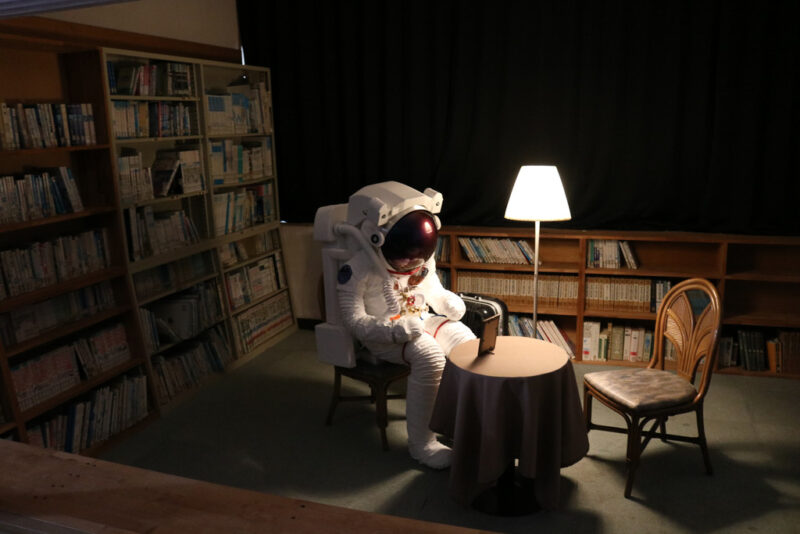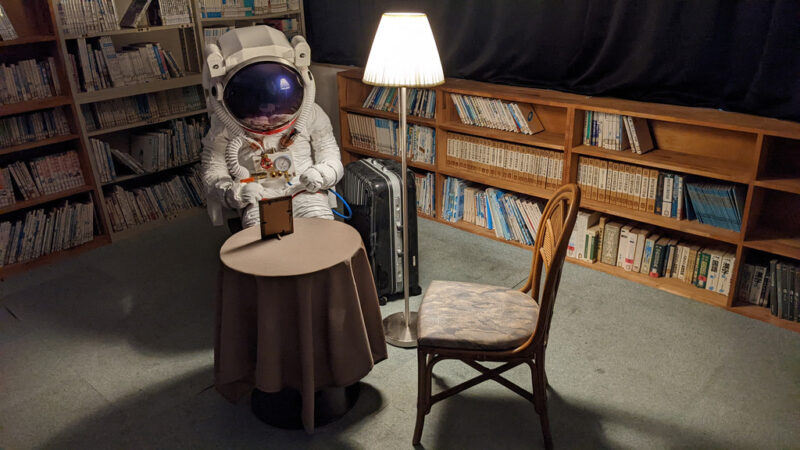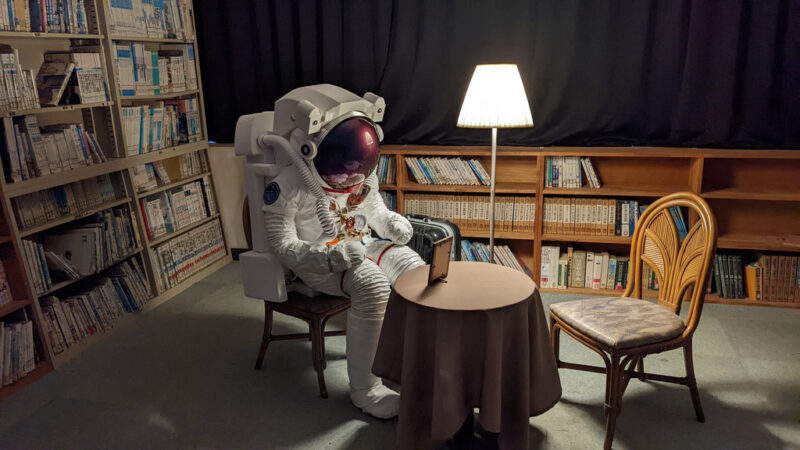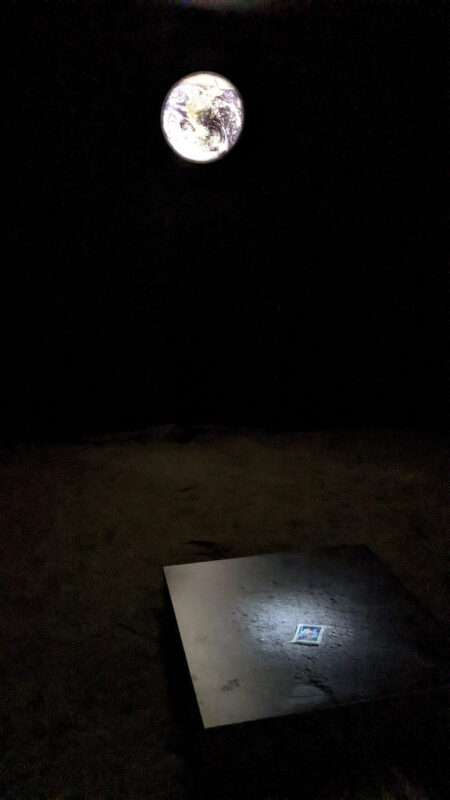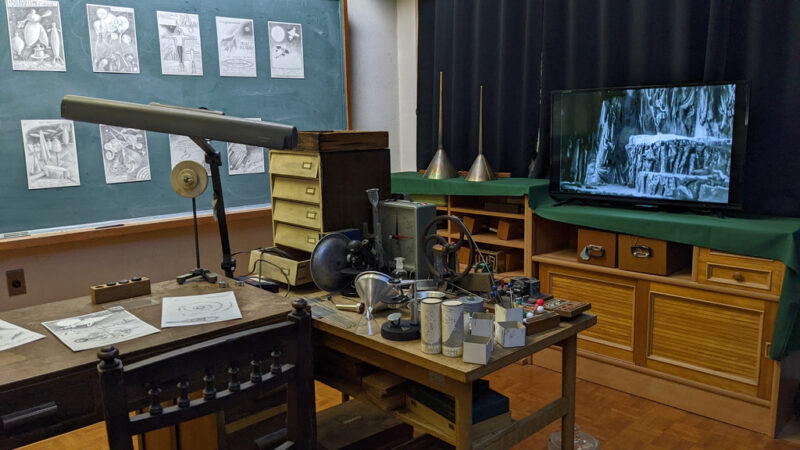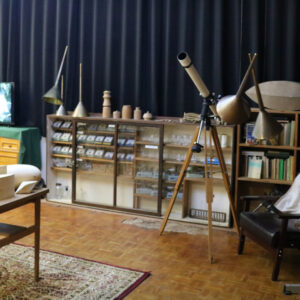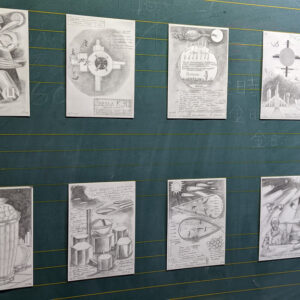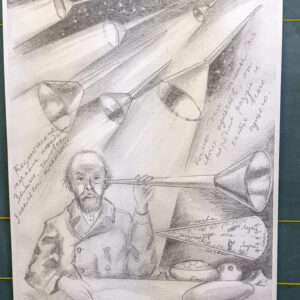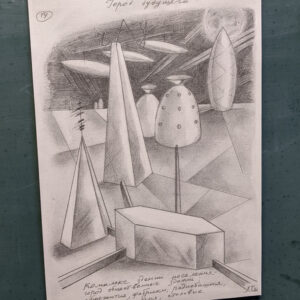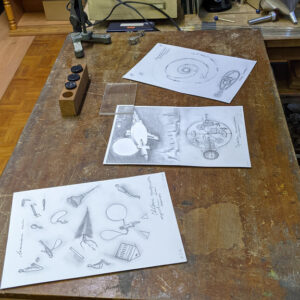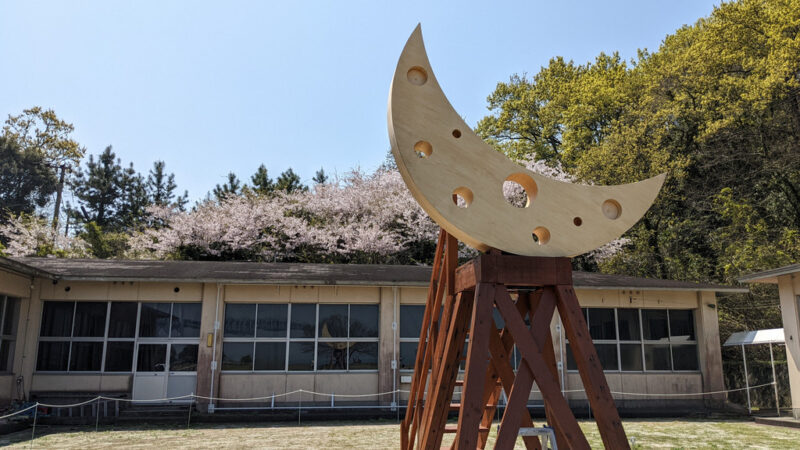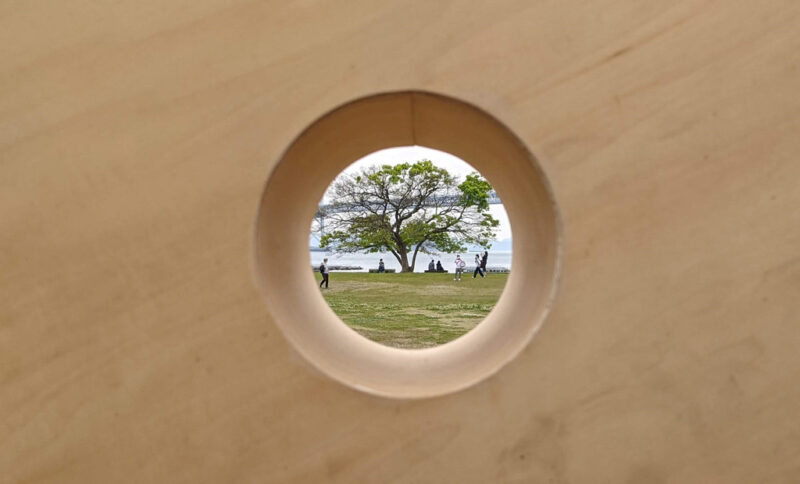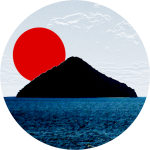I first heard of Leonid Tishkov when he joined the Setouchi Triennale 2019, three years ago. I didn’t know him, but I became an instant fan of his art. I’d qualify it as very personal but dealing with themes that touch all of us with their poetic nature. (if you rummage through this link, you’ll find his artwork from three years ago)
Unfortunately, we never met, but he was kind enough to give me an interview three years ago, and I’ve been following him on social media since, growing more and more fond of his art every time I’d see pictures of his exhibits.
He’s back this year for the Setouchi Triennale 2022 with, not one, not two, but seven installations on Shamijima as well as Yoshima! All of them together constitute one very big and wonderful piece of art.
Unfortunately, it’s only available for the Spring session of the art festival (honestly, I don’t understand why Shamijima is not part of the three seasons), which means that if you’re reading this, are able to go to Shamijima and haven’t been yet, you have about 10 days left. Do not miss it!
I don’t really want to explain the art, and sadly, if you can’t come, it’s one of these artworks that really must be experienced and felt rather than just seen. Still, I’ll do my best to show it to you, with the help of Leonid himself, as he gave some background information in the form of panels for each installation. The text of the panels will be reproduced here, but keep in mind that those are Leonid Tishkov’s texts and not mine by any means.
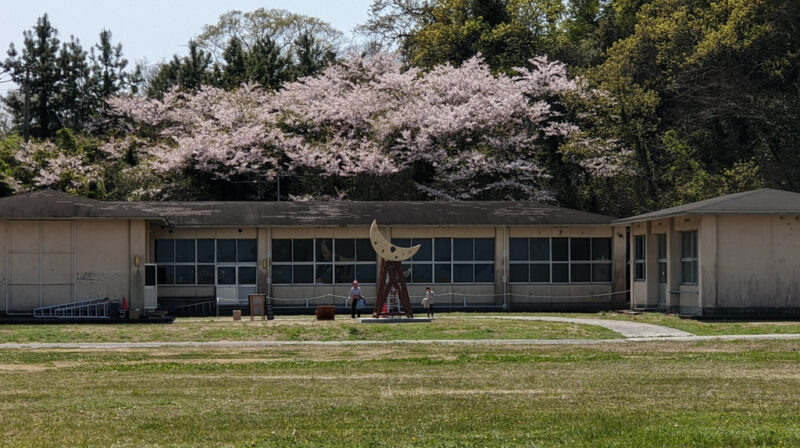
The Way to the Moon
“Since ancient times, the starry skies and moon have fascinated mankind with their divine beauty, encouraging humans in their dream of flying and traveling to the moon. The five installation works articulate the means by which this dream has been fulfilled, and how it continues to stay with us forever.”
As soon as you enter the school you walk down a dark corridor that leads you to:
Snow Angel
Music composed by: Mikhail Khodarevsky
“The artist filmed this work in his homeland of Ural. Bearing a set of angel wings, the artist climbs to the top of a mountain, from which he takes flight and attempts to disappear into the stillness and tranquility of the snow-covered landscape. Above him is the night’s sky where the stars shine bright.
My room is bright
Because of the stars at night.
My mother takes a bucket in her hand
and silently carries some water…Reminiscent of a poem by Nikolay Rubtsov, the work engages with the memories of one’s childhood and family as its central theme.”
The film is interesting in the way it looks, like an old silent film. The angel is lost in a snowy landscape. He’s stumbling at times. He’s trying to take flight. Will he be able to do so?
Moving People into Space
“In producing this film, the artist had collected photographs of the people of his homeland of Ural from an old family album. While these people have already passed away and left this world, they have transformed into stars and continue to live on as a part of the universe – just as nineteenth century philosopher Nikolay Fedorov’s had wished for the immortality of mankind.
The music was specially composed for the film by Alexandros Miaris in his London studio in March 2022.”
This piece really must be experienced. Pictures can’t translate actually being in this room. All the faces are moving as they become stars in the night. And Alexandros Miaris‘s music is so beautiful and haunting at the same time (I must find a recording of it so that I can listen to it over and over again. I’ll try to contact him when I find the time and see if he intends to make it available after the Triennale – he has quite a few tracks on his site).
To tell you the truth, both times I went to see The Way to the Moon (yes, I went twice already) there were quite a few people. The Triennale is not as crowded as usual, but it doesn’t mean that there’s nobody – and some people can’t just be quiet in front of art for some reason. That is troublesome when a piece requires calm and contemplation. So, I’ll do my best to go again on a weekday and hopefully have the room for myself for long enough.
Watch the video at the end of the post. It will give you an idea of what this room is about.
Next, you enter the other part of the school, where the next installation and its three parts wait for you:
Last Night on the Earth
“April 2022 marks fifty years since the flight of Apollo 16, when a crew of three American astronauts landed on the Moon. One of the members of the mission, lunar module pilot Charles Duke, had at the time brought with him a photograph of his family, which he placed down upon the moon’s surface.
The work is a story about an astronaut who had to leave his family behind as he ventured on a distant journey, and at the same time is a story that concerns us all. All of us have arrived on earth with plans to stay for only a short period of time, eventually having to leave our homes and loved ones forever. However, after our inevitable departure from this planet, space will become our new human home.”
This installation is probably even more moving than the previous one.
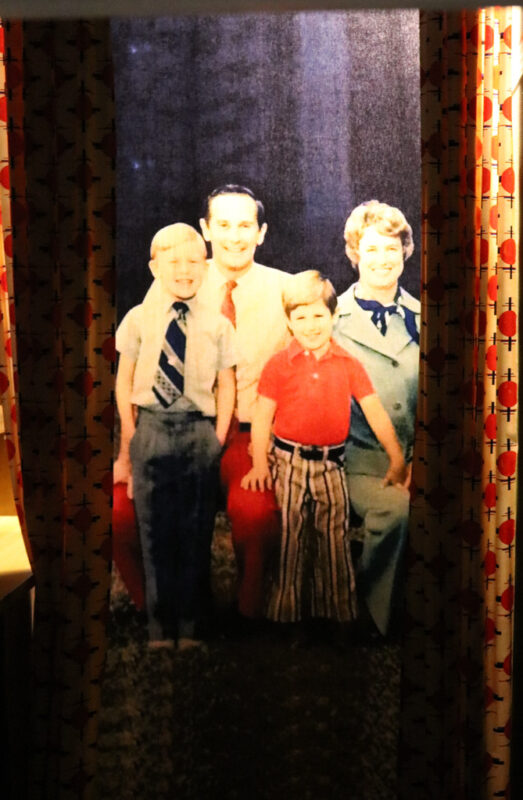
I want to hug this cosmonaut, who is now alone, staring at this picture of his family, before departing for the Moon, probably forever.
A bit further away :
Star KETs
“This is the workshop of aeronautical theorist and rocket scientist Konstantin Eduardovich Tsiolkovsky (KETs) who had dreamed of space travel and journeying to the moon.
While teaching mathematics at school, Tsiolkovsky had invented flight vehicles, developed designs for the world’s first space rocket, and published numerous science-fiction pieces on space travel and related subjects. Here, a model of the space station “Star KETs” and various airships are seen suspended from the ceiling. Also on view are excerpts from the film Cosmic Voyage (1936), for which Tsiolkovsky had served as a scientific consultant.”
The Staircase to the Moon
Or the Moon of Hitomaro
“The work pays homage to a short poem by Kakinomoto no Hitomaro that is included in the Man’yoshu.
Cloud waves rise in the sea of heaven.
The Moon is a boat that rows till it hides in a forest of stars.Kakinomoto no Hitomaro once stood on the shores of the island of Shamijima and gazed at the sea. Almost a thousand years later today, the sea still remains as powerful and beautiful as it was then. The very same moon that hung in the sky at the time drifts between the clouds, and we board the moon ship and embark on a journey to eternal space.
From the moon, we can see space and a school, a green hill, and the path we had once taken when commuting to school. School is not only for learning, but it is a place where we find friends, fall in love, and dream of journeying to space.”
I also filmed a small video. However, my poor video-making skills don’t really give the artwork justice either. So, once again, go to Shamijima as soon as possible if you can. Otherwise, check if Leonid Tishkov has an exhibit near you in the future and go discover his universe.
You can also follow him online:
If you liked what you’ve read, may I invite you to click on the link below:
